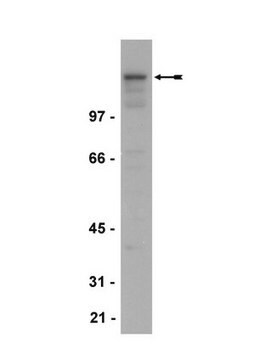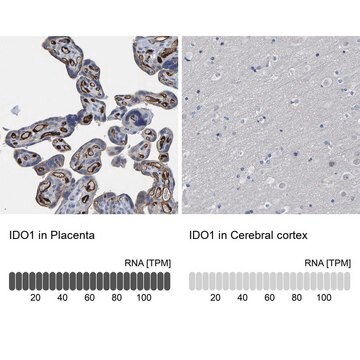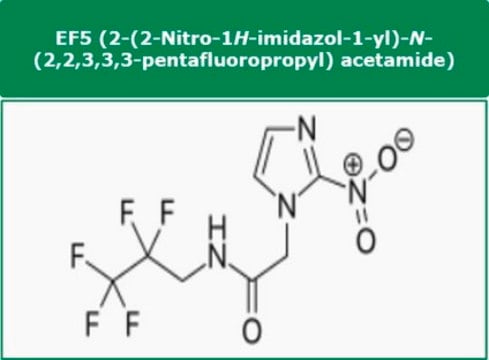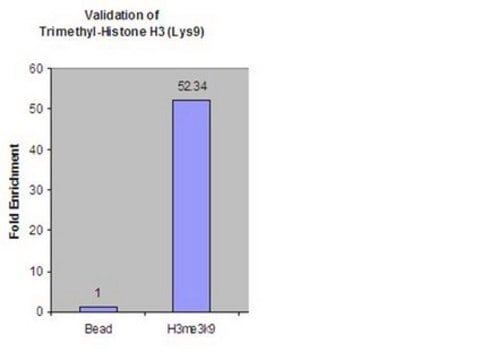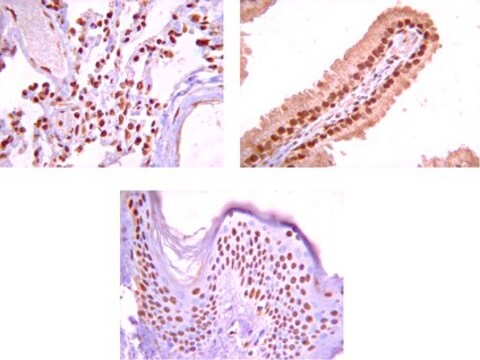05-814
Anti-HDAC2 Antibody, clone 3F3
clone 3F3, Upstate®, from mouse
Synonym(s):
YY1-associated factor 1, histone deacetylase 2, transcriptional regulator homolog RPD3
About This Item
Recommended Products
biological source
mouse
Quality Level
antibody form
purified immunoglobulin
antibody product type
primary antibodies
clone
3F3, monoclonal
species reactivity
bovine, human, hamster, rat, mouse
packaging
antibody small pack of 25 μg
manufacturer/tradename
Upstate®
technique(s)
immunocytochemistry: suitable
immunoprecipitation (IP): suitable
western blot: suitable
isotype
IgG1
NCBI accession no.
UniProt accession no.
shipped in
dry ice
target post-translational modification
unmodified
Gene Information
human ... HDAC2(3066)
General description
Specificity
Immunogen
Application
This antibody has been reported by an independent laboratory to show positive immunostaining for HDAC2 in NIH/3T3 and U2OS cells fixed with paraformaldehyde.
Immunoprecipitation and HDAC Assay:
3 μL of a previous lot was used to immunoprecipitate HDAC activity from HeLa nuclear extract, which was then measured using the HDAC Assay Kit (Fluorometric Detection) (Catalog # 17-356). An independent laboratory has also demonstrated positive immunoprecipitation /HDAC assay results using NIH/3T3 cells.
Epigenetics & Nuclear Function
Histones
Quality
Western Blot Analysis:
0.5-2 μg/mL of this antibody detected HDAC2 in nuclear extracts from HeLa cells.
Target description
Linkage
Physical form
Storage and Stability
Analysis Note
Positive Antigen Control: Catalog #12-309, Hela cell nuclear extract. Add an equal volume of Laemmli reducing sample buffer to 10 μL of extract and boil for 5 minutes to reduce the preparation. Load 20 μg of reduced extract per lane for minigels.
Other Notes
Legal Information
Disclaimer
Not finding the right product?
Try our Product Selector Tool.
recommended
Certificates of Analysis (COA)
Search for Certificates of Analysis (COA) by entering the products Lot/Batch Number. Lot and Batch Numbers can be found on a product’s label following the words ‘Lot’ or ‘Batch’.
Already Own This Product?
Find documentation for the products that you have recently purchased in the Document Library.
Our team of scientists has experience in all areas of research including Life Science, Material Science, Chemical Synthesis, Chromatography, Analytical and many others.
Contact Technical Service